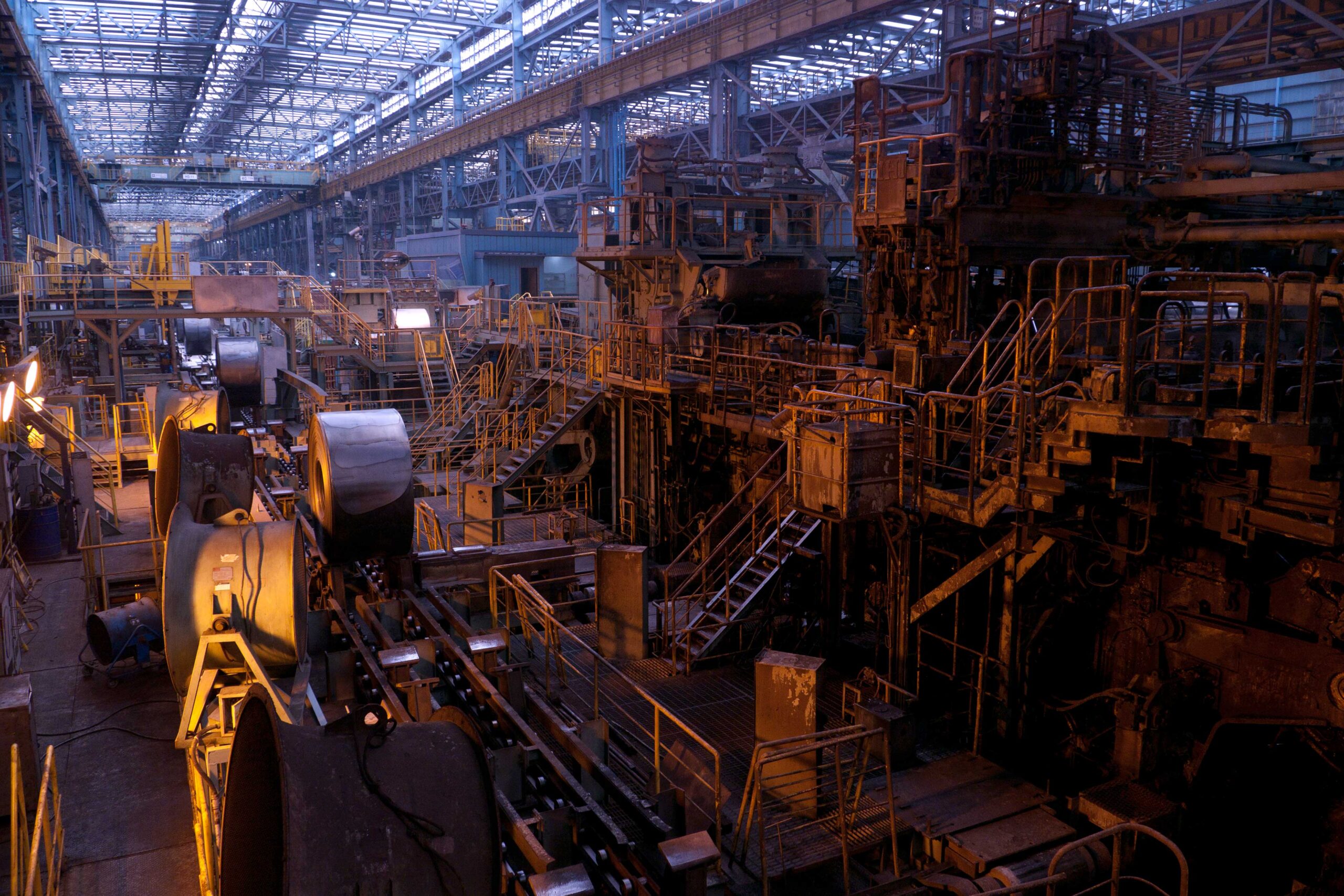Summary
This exhibition examines Korean contemporary art after 1989 featuring 28 South Korean artists all born between 1960 and 1986.
This exhibition examines Korean contemporary art after 1989 featuring 28 South Korean artists all born between 1960 and 1986. The rise in popularity of Korean culture, through film, dramas and pop music has also driven an interest in the country’s contemporary and modern art with a clutch of exhibitions opening on contemporary Korean art and culture in the West in last few years. The Shape of Time: Korean Art after 1989 not only explores South Korea’s growing influence in ‘cultural diplomacy’ and the fascination of the rest of the world with its rapid rise as being one of the leading trendsetters on the world stage, but also how the country deals with its past.
Gwangju Uprising
The Korean peninsula saw tumultuous changes in the 20th century, especially after the destructive Korean War (1950-53) and the establishment of the Korean Demilitarized Zone (DMZ), resulting in North and South Korea. As a result, South Korea experienced a long period of military dictatorships. In 1980, the Gwangju Uprising in May was a consequence of the assassination of President Park in the previous year and the election of a new unpopular military dictator, President Chun, (term 1980-88),who also established martial law in the country. Students at Chonnam University, in the south, protested against thid new regime that encouraged further social movements in the country urging democratisation. The first direct elections for a non-military president were eventually held in 1992.
Seoul Olympic Games
However, a less troubled watershed in Korea’s history came a little earlier with Seoul’s hosting of the Olympic Games in 1988, which allowed for more contact with the West, a lifting of many import restrictions, whilst seeing a lighter touch by the ruling military government. It also opened up the possibility of foreign travel to many more of South Korea’s citizens. The modern earlier art movements of Dansaekhwa (monochrome and abstract) and Minjung (political) gave way to a new generation of artists, experimenting with art in a completely new way. This gave rise to a number of small group movements working and experimenting in a wide range of mediums and a new focus on Korean contemporary art.
Do Ho Suh
One of the most well-known artists in the show is Do ho Suh (b 1962), who is one of the first contemporary artists from this group to gain international recognition in the West. Suh originally trained in traditional Korean painting techniques, but went abroad to do postgraduate studies Rhode Island School of Design and Yale in the US. He is mainly known for re-creating architectural structures and objects using fabric, acts of ‘memorisation’, such as his House series. He represented Korea at the 2001 Venice Biennale.
Another artist that explores division in this exhibition of Korean contemporary art is Kyungah Ham (b 1969). In What You See is the Unseen/Chandeliers for Five Cities, Ham underscores the ongoing tension between North and South Korea by attempting direct communication across the DMZ. Through covert back channels, Ham’s contacts smuggled the plans for her impressive, oversized embroideries into North Korea to be hand-stitched by highly skilled artisans there. The precariously hung chandeliers both reflect the Korean Peninsula’s historic instability and represent the foreign powers responsible for its division, which Ham and her collaborators take great risks to attempt to overcome.
Wide Variety of Mediums in Korean Contemporary Art
Korean contemporary art encompasses a huge variety of mediums, including ceramics, painting, fibre-art, photography, lacquer, installation, metalwork, mixed media, embroidery, video and performance the artists explore themes of conformity (Confucianism remains a fundamental part of South Korean life for many), displacement, gender, coexistence and dissonance. These human emotions allow the audience to consider what it is to be a South Korean today and how the past is related to the present.
From 21 October until 11 February, 2024, Philadelphia Museum of Art, philamuseum.org. Catalogue available
